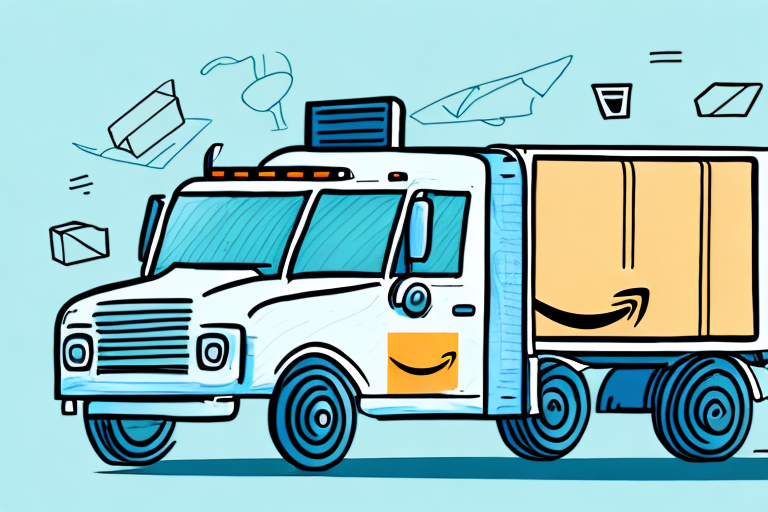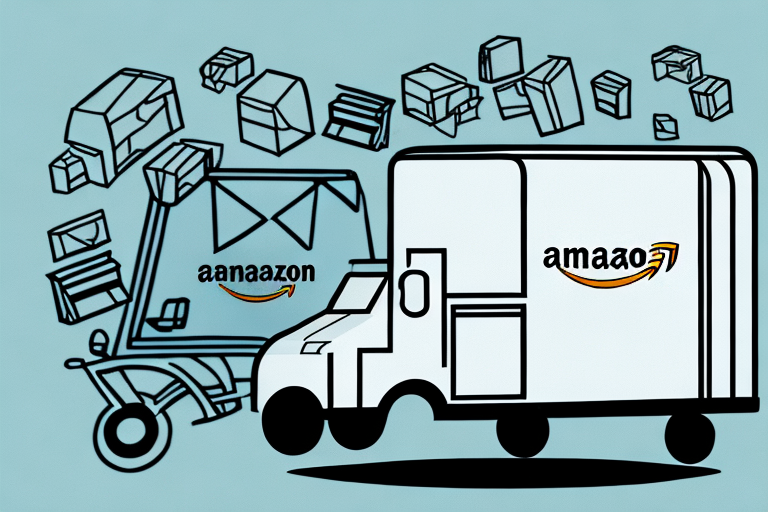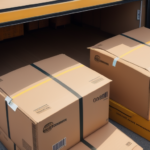Introduction to Amazon Returns
Amazon is one of the world's largest online retailers, offering millions of products ranging from electronics to clothing and beyond. A key feature that distinguishes Amazon is its comprehensive return policy. Understanding how to navigate Amazon returns can save you time and ensure a smooth refund or replacement process.
Amazon's Return Policy
Standard Return Policy
Amazon allows customers to return most items within 30 days of delivery for a full refund. Certain products may have extended return windows, typically up to 90 days, depending on the category and seller.
Specialized Return Policy for Electronics
Electronics, such as laptops, smartphones, and other gadgets, usually must be returned within 30 days and in their original, unopened packaging. This policy ensures that customers receive brand new, unused products.
Free Return Shipping
Many items on Amazon qualify for free return shipping. You can initiate a return through your Your Orders page, select the item, and print a prepaid shipping label. If you don’t have access to a printer, Amazon offers alternative options such as QR codes for scanning at drop-off locations.
Reasons for Amazon Returns
- Product Not as Expected: The item may not match the description or images provided.
- Damaged or Defective Items: Products may arrive damaged or malfunction.
- Wrong Item or Size: Accidental purchases of incorrect sizes or models.
- Delayed or Non-Arrival: Items may arrive later than expected or not at all.
- Better Deals Elsewhere: Customers may find a better price or deal after purchasing.
Common Amazon Return Problems
Damaged or Defective Items
Receiving damaged or defective products is a common issue. While Amazon’s return process is generally efficient, some customers encounter difficulties in securing refunds or replacements promptly.
Policy Confusion
Despite a clear return policy, some customers find certain conditions confusing, such as specific return windows or eligibility of certain items, leading to rejected return requests.
Delayed Refunds
Refund processing times can vary. Although Amazon typically processes refunds quickly, delays can occur depending on the payment method and bank processing times.
How to Initiate and Track Returns on Amazon
Initiating a Return
- Sign in to your Amazon account and navigate to Your Orders.
- Find the order containing the item you wish to return and click on Return or Replace items.
- Select the reason for your return from the dropdown menu and choose your preferred refund method.
- Print the return shipping label and attach it to the package, or use the provided QR code at a carrier location.
Tracking Your Return
After initiating the return, you can track its status under Your Orders by clicking on Track Package. Tracking information may take up to 24 hours to update after shipment.
Dealing with Specific Return Scenarios
Returning Used or Opened Items
Amazon accepts returns for some used or opened items, but the eligibility varies by product category. For instance, open clothing items can typically be returned, whereas electronics may require unopened packaging.
Handling Damaged Products
If you receive a damaged or defective item, contact Amazon customer service immediately. You may need to provide photographic evidence or return the item for a refund or replacement. Amazon's A-to-Z Guarantee protects against unsatisfactory resolutions.
Tips for Hassle-Free Returns and Minimizing Future Returns
Before Purchase
- Thoroughly read product descriptions and reviews to ensure the item meets your expectations.
- Check sizing charts and specifications, especially for clothing and electronics.
- Verify compatibility with your existing devices or systems if purchasing tech products.
During the Return Process
- Keep all original packaging, accessories, and documentation intact.
- Initiate returns promptly within the designated return window.
- Utilize Amazon’s provided shipping options to save on costs.
After Returns
- Provide detailed feedback about your return experience to help Amazon improve.
- Consider contacting customer service if you repeatedly encounter issues with specific sellers or products.
The Importance of Providing Feedback on Amazon Returns
Sharing your return experience through Amazon’s feedback system not only assists the platform in enhancing its services but also informs other customers about potential issues with products or sellers. Constructive feedback can lead to improved return processes and higher quality products.
In conclusion, navigating Amazon's return process can be straightforward by understanding the policies and following best practices. By staying informed and proactive, you can minimize return-related hassles and ensure a positive shopping experience.




















